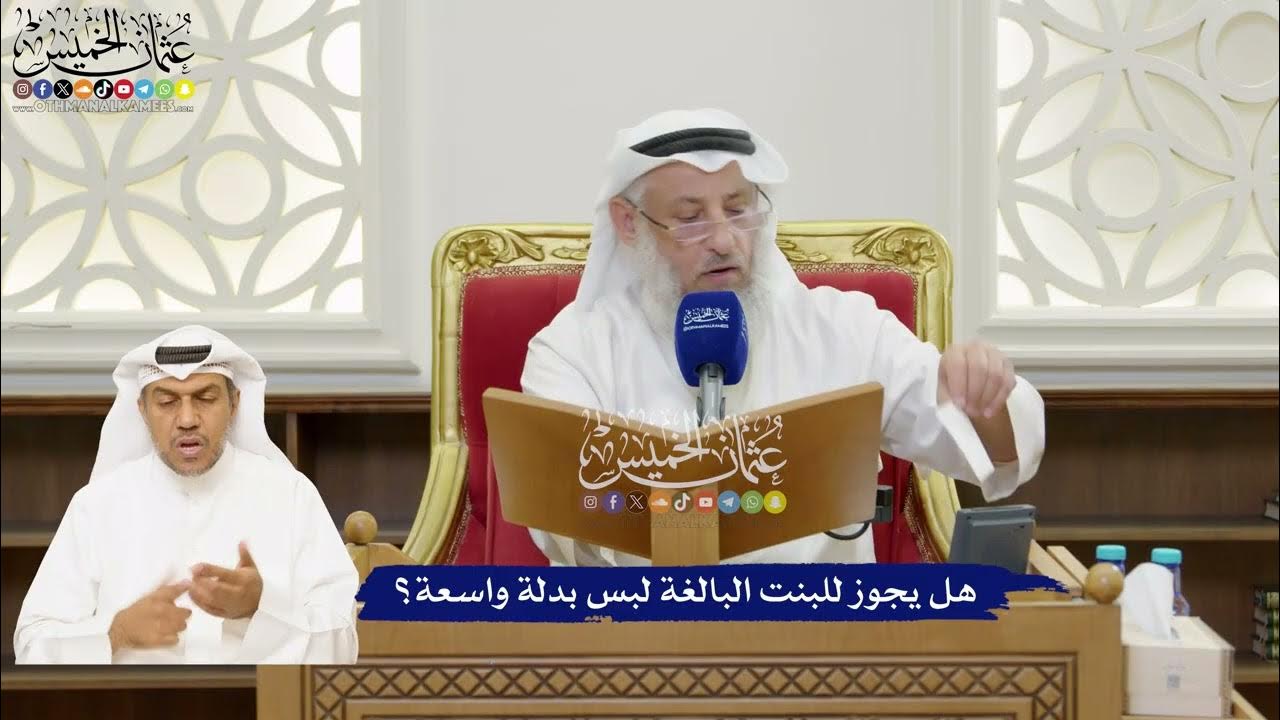Girl In Hijab KICKED OFF PLANE Seat, What Happens Next Is Shocking | Dhar Mann
Summary
TLDRSahar, a high school track star, faces discrimination when she's disqualified from a race for wearing a hijab. Despite initially being told there's nothing that can be done, Sahar is determined to change the rules. With support from her friends and widespread online backing, she challenges the regulations. After gaining significant attention on social media, the committee overturns the rule, allowing religious garments in races. Sahar's journey highlights her resilience and commitment to justice, ultimately leading to a rule change and inspiring others to stand up for their beliefs.
Takeaways
- 😃 The script revolves around a character, Sahar, who is going to Nationals for a track event and experiences various challenges along the way.
- 😔 Sahar faces discrimination and discomfort on the airplane due to her religious attire, the hijab, which leads to a tense situation with a flight attendant.
- 🏃♀️ Sahar excels in her sport and has a high GPA, yet she feels judged and reduced to her job by others, highlighting the struggle with identity and representation.
- 📚 Sahar is shown reading a Thomas Jefferson biography, indicating her intellectual interests and possibly her inspiration for standing up against injustice.
- 🏅 Despite winning a race, Sahar gets disqualified at Nationals for not having prior written approval for her hijab, which is a part of her religion and personal identity.
- 📖 Sahar's coach and peers support her, but the officials stick to the rules, showing a conflict between personal beliefs and institutional regulations.
- 🤔 Sahar's disqualification sparks a debate about the fairness and application of the rules, questioning why religious symbols are treated differently from other attire.
- 📝 Sahar decides to challenge the rules by taking her case to the cross country Commission, inspired by historical figures who stood up against unjust systems.
- 🔍 The script touches on the broader issue of discrimination and the everyday struggles faced by individuals who wear religious symbols in public spaces.
- 📹 Sahar's story goes viral on social media, leading to public support and media attention, which demonstrates the power of social platforms in raising awareness.
- 🏆 In the end, Sahar's efforts result in the rule being changed, allowing her and others to compete without fear of disqualification due to religious attire, symbolizing a victory for inclusivity and justice.
Q & A
What event are the characters flying to in the beginning of the script?
-The characters are flying to Nationals, a national-level track competition.
Why does Beth initially feel uncomfortable on the airplane?
-Beth feels uncomfortable because the flight is oversold and she wants to move to another seat.
What rule did Sahar break that led to her disqualification from the race?
-Sahar broke the rule of not having her hijab approved as part of her racing attire prior to the race.
What does the coach suggest Sahar should do after her disqualification?
-The coach suggests that Sahar should take the issue up with the cross country Commission if she has a problem with the disqualification.
What historical figures does Sahar reference when discussing the importance of standing up for oneself?
-Sahar references Rosa Parks, Gandhi, and Ida Mohammed as examples of individuals who stood up for what they believed in despite resistance.
How does Sahar plan to address the unfair rule that led to her disqualification?
-Sahar plans to record a video explaining the situation, highlighting the unfairness of the rule, and sharing it to gain support and potentially change the rule.
What is the outcome of Sahar's efforts to change the rule regarding religious attire in races?
-The committee removes the rule regarding religious attire from the handbook, allowing Sahar and other runners to compete without worrying about disqualification for wearing religious garments.
How does the script address the issue of discrimination based on religious attire?
-The script shows Sahar facing discrimination and unfair treatment due to her hijab, and her subsequent efforts to challenge and change the rules that led to her disqualification.
What is the significance of the character's 4.0 GPA mentioned in the script?
-The mention of the 4.0 GPA highlights the character's academic achievements and serves as a contrast to how she is perceived and treated based on her appearance and attire.
How does the script use the character's love for Thomas Jefferson to emphasize her stance on the situation?
-The script uses the character's admiration for Thomas Jefferson's quote about unjust rules to underscore her determination to challenge and change the rule that led to her disqualification.
Outlines

Dieser Bereich ist nur für Premium-Benutzer verfügbar. Bitte führen Sie ein Upgrade durch, um auf diesen Abschnitt zuzugreifen.
Upgrade durchführenMindmap

Dieser Bereich ist nur für Premium-Benutzer verfügbar. Bitte führen Sie ein Upgrade durch, um auf diesen Abschnitt zuzugreifen.
Upgrade durchführenKeywords

Dieser Bereich ist nur für Premium-Benutzer verfügbar. Bitte führen Sie ein Upgrade durch, um auf diesen Abschnitt zuzugreifen.
Upgrade durchführenHighlights

Dieser Bereich ist nur für Premium-Benutzer verfügbar. Bitte führen Sie ein Upgrade durch, um auf diesen Abschnitt zuzugreifen.
Upgrade durchführenTranscripts

Dieser Bereich ist nur für Premium-Benutzer verfügbar. Bitte führen Sie ein Upgrade durch, um auf diesen Abschnitt zuzugreifen.
Upgrade durchführenWeitere ähnliche Videos ansehen

A Feminist's Choice to Wear the Hijab | Attiya Latif | TEDxUVA

46 - هل يجوز للبنت البالغة لبس بدلة واسعة؟ - عثمان الخميس

Biktima Rin Sila - A Human Rights Short Film

My Daughter's FIRST DAY OF HIGH SCHOOL *Hidden Cameras*

PENTAS SENI DRAMA MUSIKAL 2023 - X - 8 | Stop Bully-bully

Q&A: Can You Be Modest Without Wearing the Hijab? | Dr. Shabir Ally
5.0 / 5 (0 votes)
